Softball Pitching Myths Pt 1- Hip Angle
This is one of the most highly debated topics in softball pitching. If you ask 10 pitching coaches their opinion on hip angle, you will likely receive 10 different answers. While we cannot give an exact angle for the hips down to the degree for your pitcher (because of varying body types, athleticism, and size of each pitcher), there are definitely acceptable ranges that can be analyzed in 4D Motion. Rick Pauly, a pioneer not only in pitching but in using computer analysis to help his athletes, can probably give you a more definite range than I can at the moment. (I’m purchasing 4D motion this winter). However, I can give some boundaries based on what the elites do. I would confidently say that elite pitchers are somewhere between 45 degrees and 60 degrees closed at release. (Not landing, release).
For some reason, the terms open and closed are opposite in pitching than in baseball or overhand throwing. For the sake of this post, open refers to completely sideways, with a RHP facing 3rd base. Closed refers to the pitcher being square to her catcher.
Myth: The hips must be 100% open or sideways at release and continuing through release.
This is, in my opinion, the worst part about “Hello Elbow” pitching coaches and the hello elbow mechanics. Most people think that Hello Elbow only refers to the follow through of the pitcher after release. In fact, Hello Elbow is a collection of incorrect mechanics based off of faulty observations. Hello elbow mechanics are not a style of a philosophy- they are kinematically incorrect and can lead to injury.
Most pitching instructors (I was guilty of this in the past) will tell their pitchers to “get sideways” early and as much as possible to clear a lane for the arm. I’ve seen some instructors go as far as to place cones in a question mark shape to force pitchers to swing the drag leg around- almost like a figure skater. Others will do a forced “Figure 4” or flamingo movement.
Where did this myth come from?
I have a few suspicions as to how this myth started. First, let’s go to Google. If you do a google search for any of the top pitchers in the world, you will likely see a lot of “K” positions. Like this:

To the untrained eye, one could make the assumption that Jennie looks 100% sideways and continues to stay 100% sideways (open). She may be close to 100% open in the K position, however she does close/ rotate the hips through release. (Good luck finding a ton of pictures of that online!) This myth is exacerbated by the fact that Jennie herself will say that she is 100% open at release. Now, I don’t want to talk bad about Jennie. She’s a phenomenal athlete and has helped the game immensely. However, is she truly 100% open at release? (And how do we know?)
The answer is no. No truly elite (I’d argue ANY pitcher, but thats a different subject) is 100% sideways during the release phase. Nor should you want them to be! Before we get into the correct mechanics, let’s look at more at where this myth came from.
I think there are two reasons why this myth came into being. The first is, pitching coaches were either parroting what was taught to them, or teaching what they think they do. A lot of really phenomenal athletes do not truly understand what their bodies are doing until it is explained or it is filmed. Also, there is a bias when it comes to watching film. If you are looking for something to verify what you already believe, it can be difficult to see it in another light.
The other reason for this myth is that pitching coaches were teaching based on what they saw in videos and pictures. The problem is, hips 100% open at release is an optical illusion. Without high speed cameras from the early 2000s, a lot of what was being taught was based on feel- without the proper understanding or science from people in the Kinesiology field. I fell into this same trap. Without understanding the human body, I was taught to get sideways so I could create a lane for my arm. This made sense to me. I thought that when the ball went low and inside its because my hip was in the way. In fact, it was probably that I either had too much collision/ brush interference without pronation of the lower arm. Or, if could’ve been falling off my hand too soon- an actual good sign that I am doing I/R properly.
Let me show you more examples of this optical illusion. In this picture of Jennie below, it may look like her hips are 100% open if you are looking for that. However, we can see that her hips are actually closer to a 45 degree angle. You can also tell because her landing foot is not completely facing 3rd base.
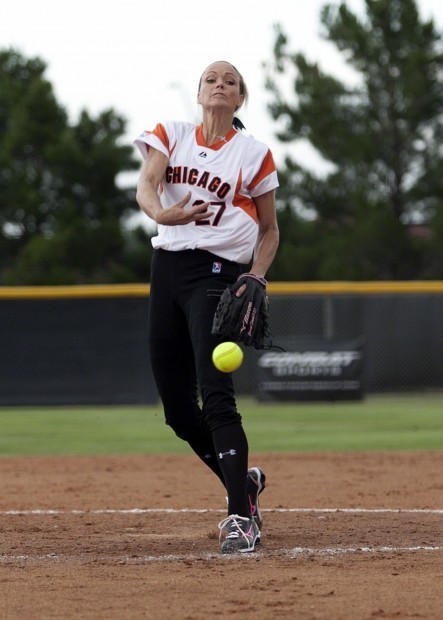
Well, maybe this hip angle is a “new way” of pitching. Maybe the greats back in the day had 100% open hips at release.
Well…


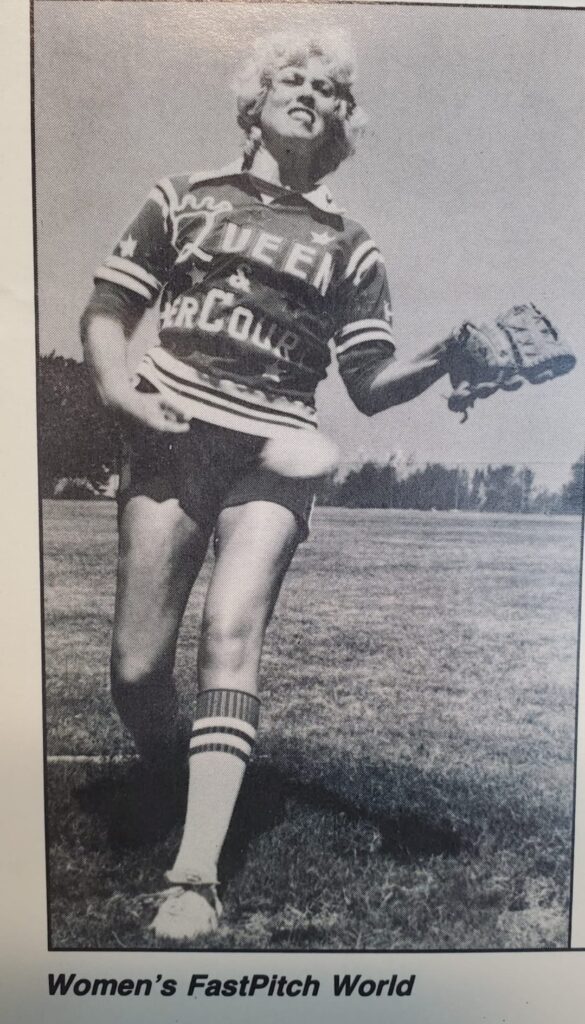
Check out this optical illusion. If you only saw this picture:

you may think Osterman is also 100% open at release. However…


We can see in both photos, there is hip angle. You can see this by not only looking at the hips, but by looking at the landing foot. The foot is not 100% sideways- it is angled (pretty close to 45 degrees). When the foot is angled at 45, the hips usually follow. Also, in the above picture, look at Osterman’s belt buckle. If she was 100% sideways, the belt buckle would be facing us. Instead, it is starting its transition towards the catcher.
Here is a great picture of Monica Abbott not only not being 100% open prior to release, but her starting her whip. The ball is on top of her hand (she is not pushing the ball down the backside of the circle with her hand on top) and she will soon hit her brush point.

Boom. Brush point:

What are the correct mechanics?
While it is true that some internal rotation occurs with the Hello Elbow finish, correct internal rotation (palm up on the backside of the circle, brush interference, pronation of the lower arm) is extremely difficult to accomplish with the hips being 100% open. Without the back hips being stacked under the body, most athletes cannot brush. It can be extremely difficult to use whip, pronate the lower arm, and have a consistent release point without the brush. Is it possible? Yes. Is it unlikely? Also yes. Most of the problems I see with consistency- especially younger pitchers- comes from missing the brush trigger.
Besides the arm, ignoring the role of the hips ignores the kinematic sequence. Because softball is a rotational sport, it would be silly to ignore the power and stability that comes with using the hips to throw. Of course there is a limit- we are not talking about slamming the door shut. There does have to be an offset that occurs. This is the same offset that occurs in baseball pitching. Some people call this dissociating.
Check out this video. It’s very long and detailed, however if you want the gold, fast forward to 9 min in.
“Just because rotation is not emphasized does not mean it does not occur.”
Brilliant line. I personally have my players focus on rotating the hips, but if the front hip/leg/foot is at 45 degrees and contains resistance, the hips will not close too much and therefore will not block the arm. (Or cause too much brush interference.)
Finally, I’ll leave you with this. If you study baseball pitching at all, the same kinematic sequence happens. The bow-flex-bow is the same. The internal rotation is the same (minus brush interference). And the hip/shoulder separation is the same. Underhand throwing is basically overhand throwing inverted. (Shout out to Bill Hillhouse for teaching me that).
Hips closing, shoulders open:

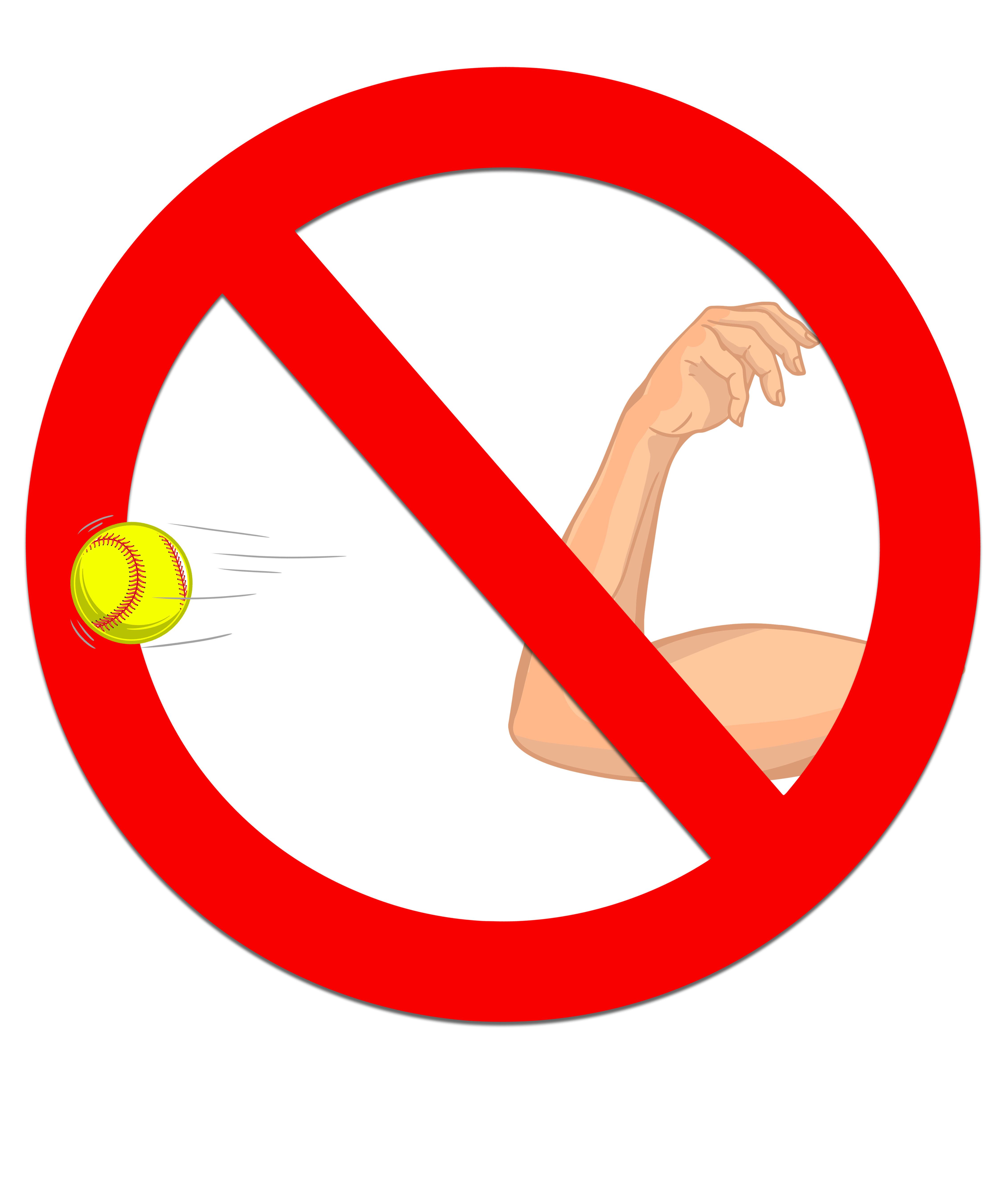
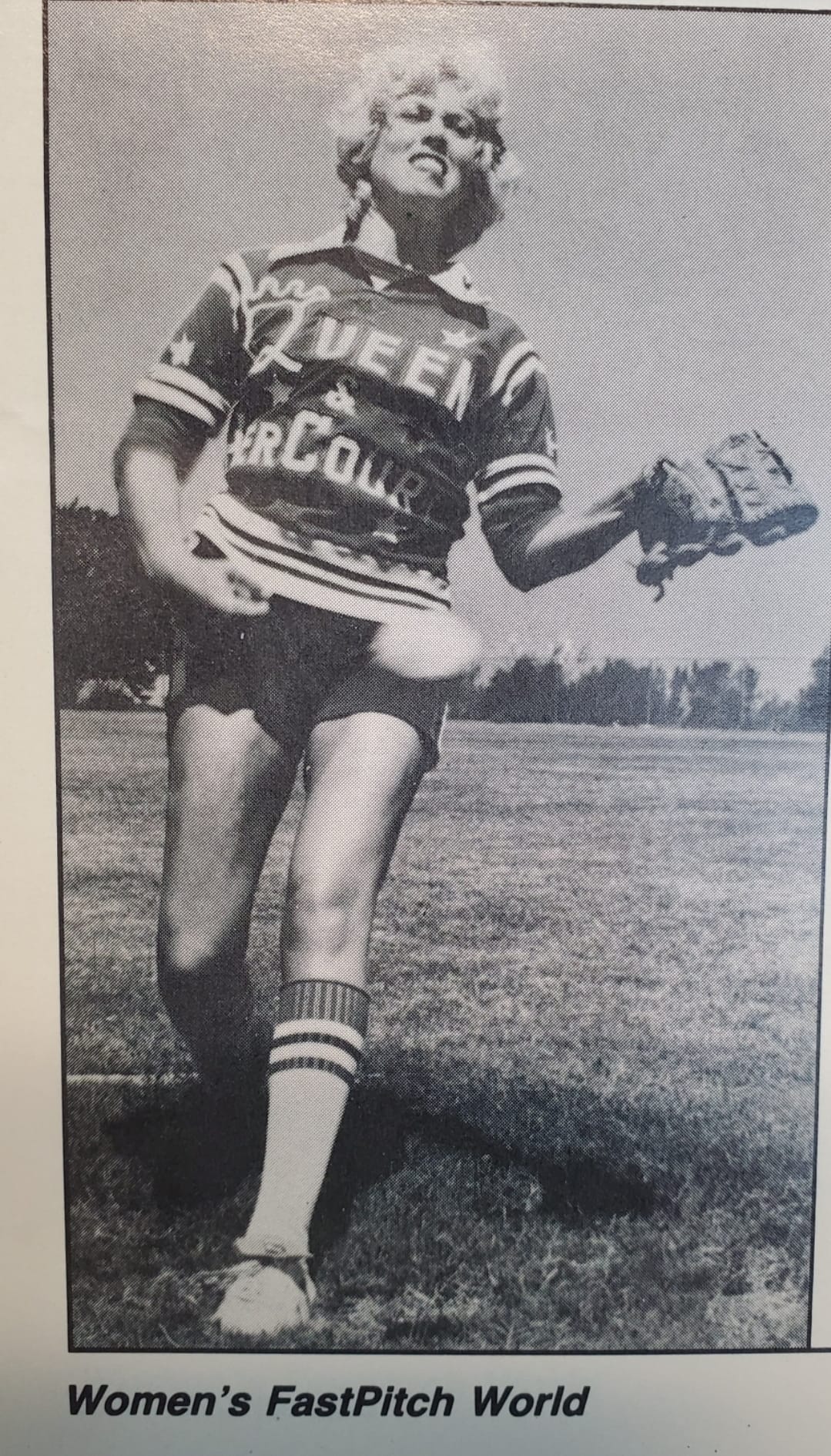
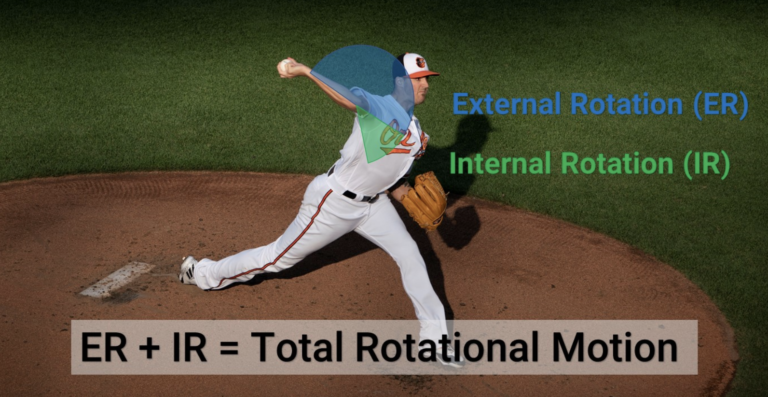


One Comment
Comments are closed.